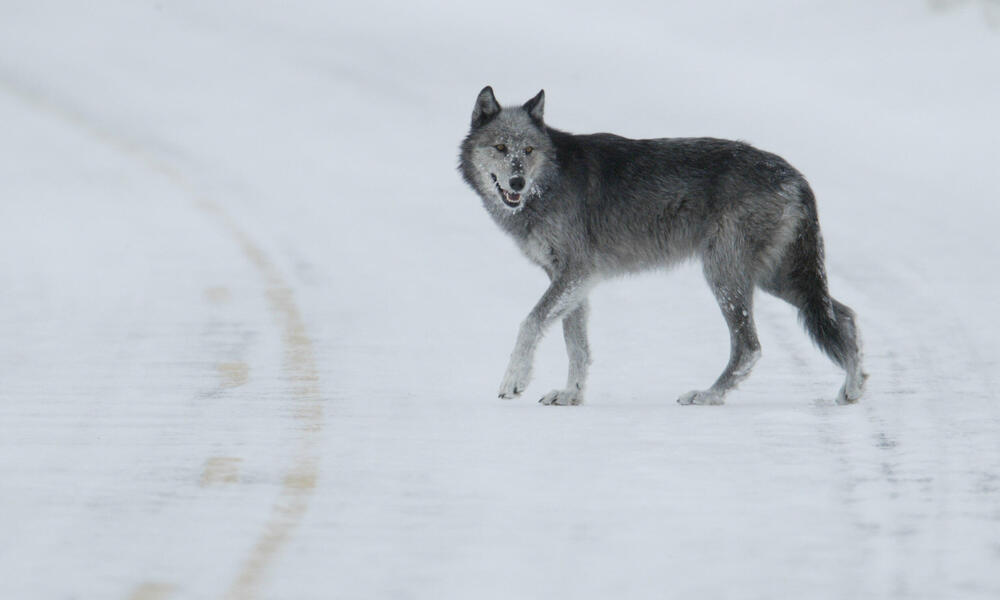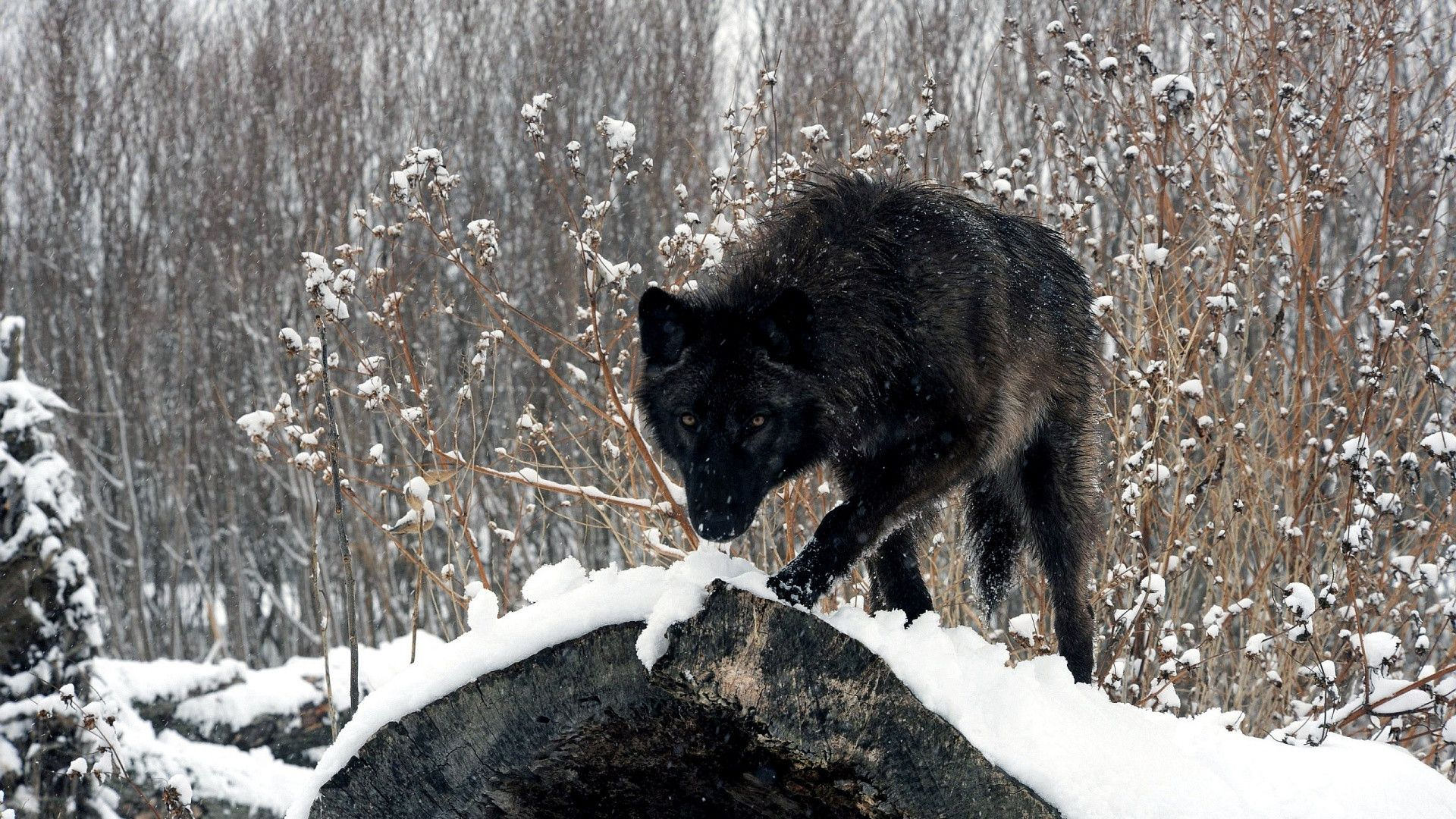

If they reach maturity they typically live at least five years in the wild. The pups venture out of their den after three or four weeks. Mothers give birth to an average of four or five pups in late April or early May. Lifecycle & Threatsįemales go into dens to have their young, while family and pack members hang around and bring food. Wolves have an amazing sense of smell, are fast runners and possess great hearing and night-vision. They live in families called territorial packs with a male and female dominant alpha. Their favourite foods are hoofed animals, rabbits, squirrels, mice, birds, and fish (they will also eat berries and grasses). In B.C., this animal is found in the Coast and Mountains, Central Interior, Sub-Boreal Interior, Boreal Plains and Northern Boreal Mountains ecoprovinces. Gray wolves were once found across the northern hemisphere, but in North America, they currently live in Alaska, Canada, and a few small pockets in the northern US Rockies. They grow to one and a half metres long, and have an average weight of 45 kilograms. They have distinct yellow eyes with a bushy tail, long legs and big feet. Despite this, nine pups have been born at Fossil Rim.Gray wolves have gray, brown, black and tan-coloured coats. Eventually, we primarily became a holding facility for animals that are not recommended to breed or are older in age.

Roughly 30 wild wolves live in Mexico, while approximately 350 live in captive breeding facilities across the United States and Mexico.įossil Rim has had Mexican gray wolves since 1990, when we first began to participate in the captive breeding program. Upon the conclusion of a 2020 survey, there were at least 186 Mexican wolves in the wild in the U.S.- a 14 percent increase from 2019 and the fifth-consecutive year of growth. At last, 11 captive-bred Mexican gray wolves were able to be released into the wild in a small area of Arizona and New Mexico. In addition to this program, in 1982 the United States Fish and Wildlife Service approved the Mexican Gray Wolf Recovery Plan, which helped researchers develop new strategies to help wolf populations recover. By the start of the program, they were considered extinct in the wild. The captive Mexican gray wolf program, also called the Mexican Wolf Species Survival Plan (SSP), began in 1977. and Mexico teamed up to try and save the species. In 1976, the Mexican gray wolf was listed as endangered, so the U.S. Although this practice eventually ceased, populations did not effectively recover. Wolves were trapped, shot, and poisoned by both private individuals and government agents, with rewards even being paid for each kill. The Mexican gray wolf used to be prominent in southern New Mexico, southeastern Arizona, southwestern Texas and central and northern Mexico back in the mid-1800s, but it was effectively eliminated from the United States by the mid-1900s. For instance, a typical pack might consist of an adult pair and their offspring, in a territory encompassing up to several hundred square miles.

However, because the primary prey of Mexican wolves is smaller than northern wolves, their pack sizes are probably smaller as well. Like all wolves, the lobo is a social creature with an intricate system of communication. They will work together in order to take down the larger prey, such as elk and deer. Generally, the Mexican gray wolves’ diet consists of javelinas, rabbits, and other small mammals. Their heads and paws are large, but their legs are long and lean to allow them to run when necessary. Adults have a mixed coat of white, gray, brown, tan, and a bushy tail which is mostly black.

Although these wolves boast the most genetically distinct lineage of gray wolves in the Western Hemisphere, they are the most endangered animals in North America. The Mexican gray wolf, also known by its Spanish name, lobos, is the smallest of the gray wolf subspecies.


 0 kommentar(er)
0 kommentar(er)
